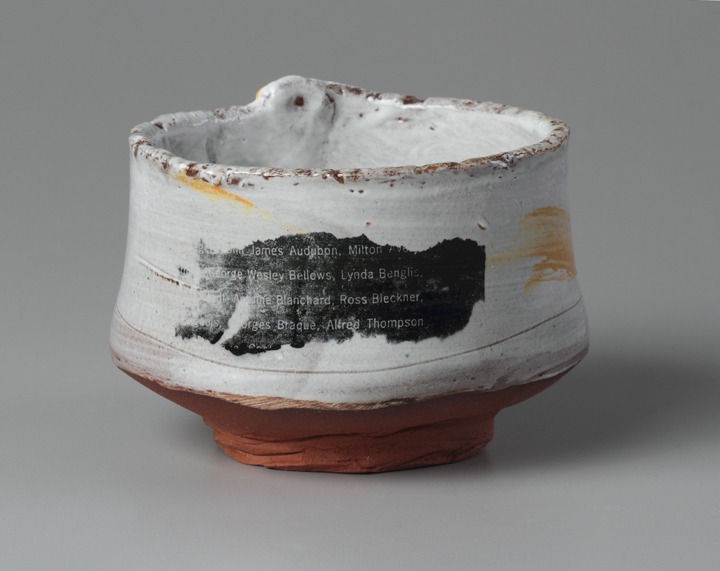
Nancy Selvin:
The Abstraction of Art History
Nancy Selvin, teabowl with text, 2015. 3” x 4”.
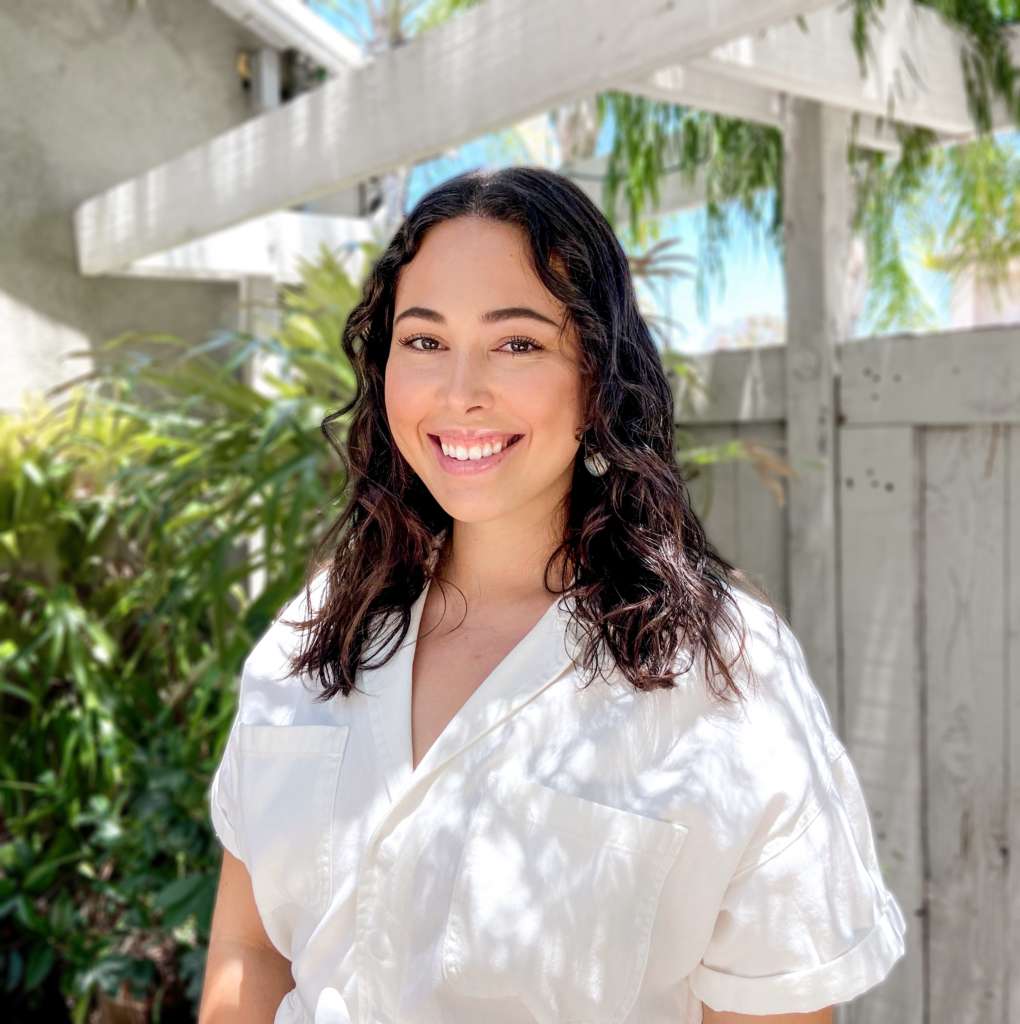
Hi! My name is Alyson, and I’m this year’s Getty Marrow Intern at AMOCA. I recently graduated from Chapman University with a BA in Art History and a minor in Anthropology.
When thinking about formative women in California ceramics, Nancy Selvin comes up as an artist so ingrained and established in the scene, that it would be completely inappropriate to not include her. In 1970, Selvin graduated with a master’s degree from U.C. Berkley, where she studied ceramics with acclaimed California artists Peter Voulkos and Ron Nagle. In her 50 years of experience as an independent artist, Selvin has fine-tuned and expanded her unique ceramic style and language – all the while teaching at various institutions and workshops for more than 30 of those years. Currently, Selvin is a Senior Adjunct Professor at the California College of the Arts in Oakland, California. She has also served as an AMOCA Board Member the past four years.
Coming of age in Berkley in the late 1960s would have been a deeply informative and fascinating time for any young adult striving to find something new. As a student of Voulkos, Selvin has recounted in numerous interviews the cultural ethos of the era: the hands off approach to teaching and emphasis on technique and chemistry, all overlaid with the radical new ideas and changes happening in American society. With this in mind, Selvin chose to ground her bodies of work, time and time again, in domestic, functional forms such as vessels, cups and bowls. In a 2008 interview with David Linger, Selvin explains how “it is important to [her] to keep that thread of history running through the work.” She holds onto the implied use of the form and reverence for ceramic history, while moving forward in time – always building upon past work and ideas.
A tea bowl series from 2015 gives respect to the Japanese ceramic tea bowl tradition, with white underglaze painted onto the main body of terracotta teabowls. Overlaid on top of the white underglaze are text decals. One gives various dictionary definitions for the word “abstract;” another lists a strange grouping of artists: Lynda Benglis, Ross Bleckner, Georges Braque, George Wesley Bellows, Alfred Thompson Bricher and James Audubon. From Naturalists and Regionalists, to Fauvists and Contemporary artists, the compilation urges the viewer to contemplate the connection between an American-made contemporary Japanese teabowl and Western artists who do not, or did not, work with clay.
There is also an inherent femininity to the vessel form, as I touched on in my post on Jenny Hata Blumenfield. Vessels throughout history have often had hourglass figures, and are passive in their functionality as containers. In California’s own modern ceramic history, the early generation of women artists such as Marguerite Wildenhain, Laura Andreson and Gertrud Natzler remained focused on precisely made functional forms, while developing clay bodies and glazes. Selvin, as a contemporary of these artists, challenged and reworked what these domestic forms could mean, while still valuing the importance of tailoring, firing, and glazing methods according to the work.
Selvin’s Trophy series, from 2017, looks to the past to honor important female artists from the Abstract Expressionist movement, whose history is often dominated by men such as Jackson Pollock, Mark Rothko, and Willem de Kooing. Jay Defeo, Grace Hartigan, Lee Krasner, Helen Frankenthaler, Charlotte Park, and Joan Mitchell are given trophies here, based on the traditional vessel form. It is interesting that Selvin chooses here to connect to painters and other visual artists, as opposed to female ceramic artists who preceded her. I believe that this is a byproduct of the immensely exciting changes that occurred in the 1950s and 60s in American art with the rise of Abstract Expressionism – the first truly American art movement.
The women in this series, much like Selvin, were taught by, and then worked as artists alongside male artists with fame and notoriety in their fields. In text and statements, Selvin is often introduced as a student of Peter Voulkos, exactly as I did here. This is not inherently a negative statement; Voulkos was an extremely influential artist who changed the course of contemporary ceramics. When considering the wider scope of artists and how they are remembered within Art History, it has become necessary to look to the female contemporaries of the mainstream artists as Selvin does with the Trophy series.
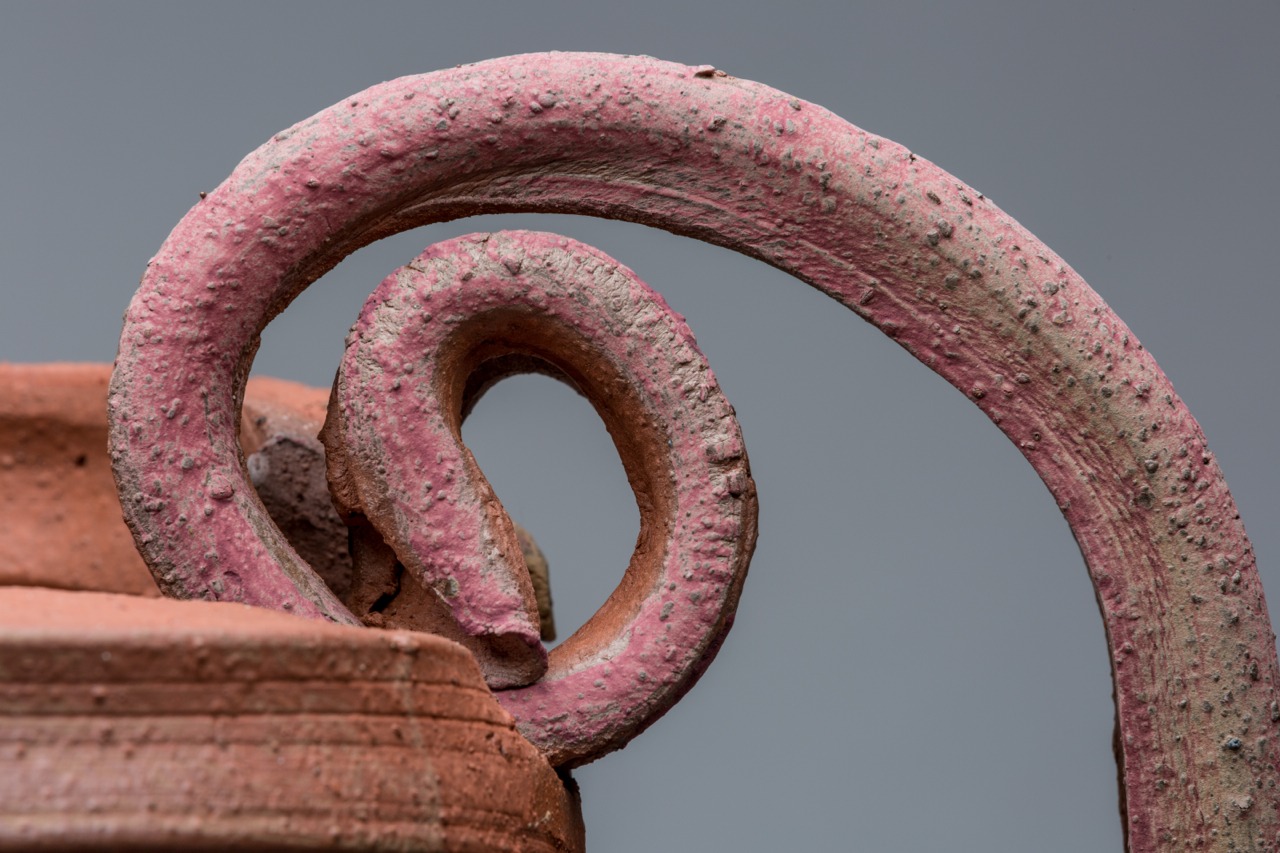
Nancy Selvin, Trophy: Joan (Mitchell) (detail), terracotta, underglaze, 28” x 24”, 2017. 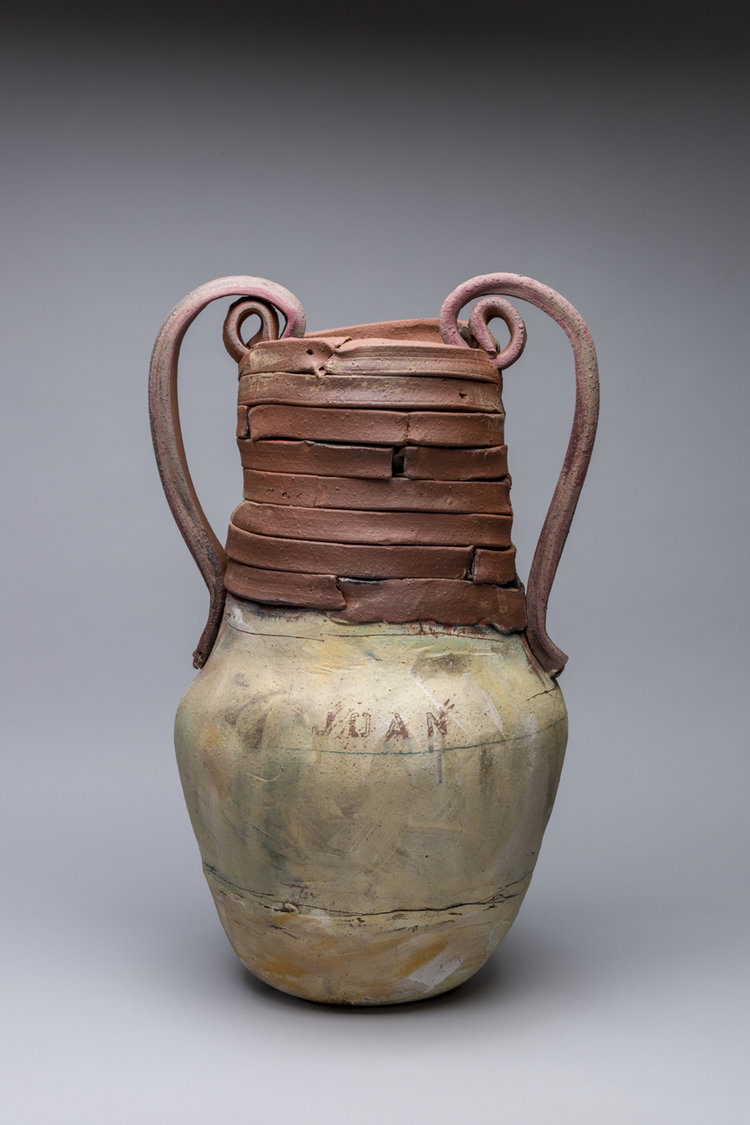
Nancy Selvin, Trophy: Joan (Mitchell), terracotta, underglaze, 28” x 24”, 2017. 
Nancy Selvin, Trophy: Lee (Krasner), terracotta, underglaze, 29” x 25”, 2017. 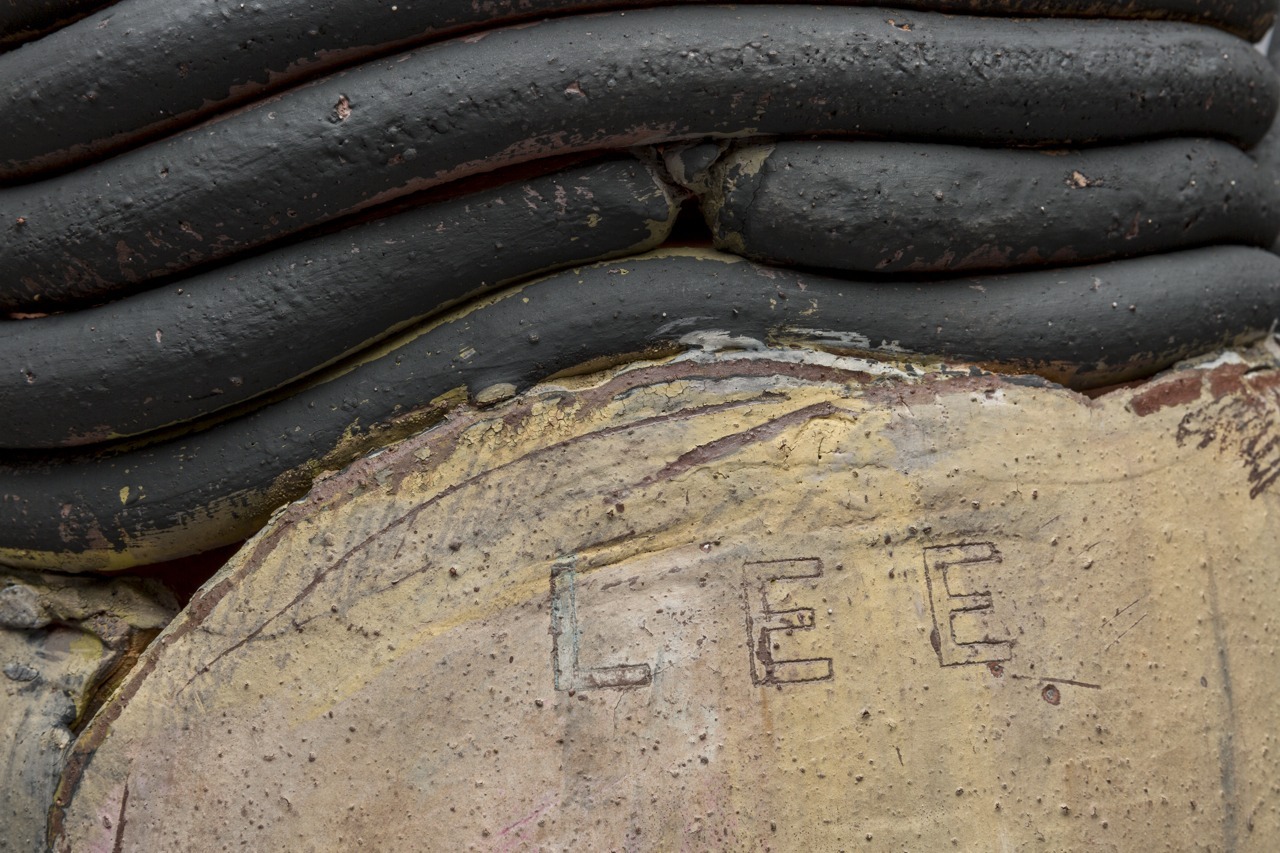
Nancy Selvin, Trophy: Lee (Krasner) (detail), terracotta, underglaze, 29” x 25”, 2017. 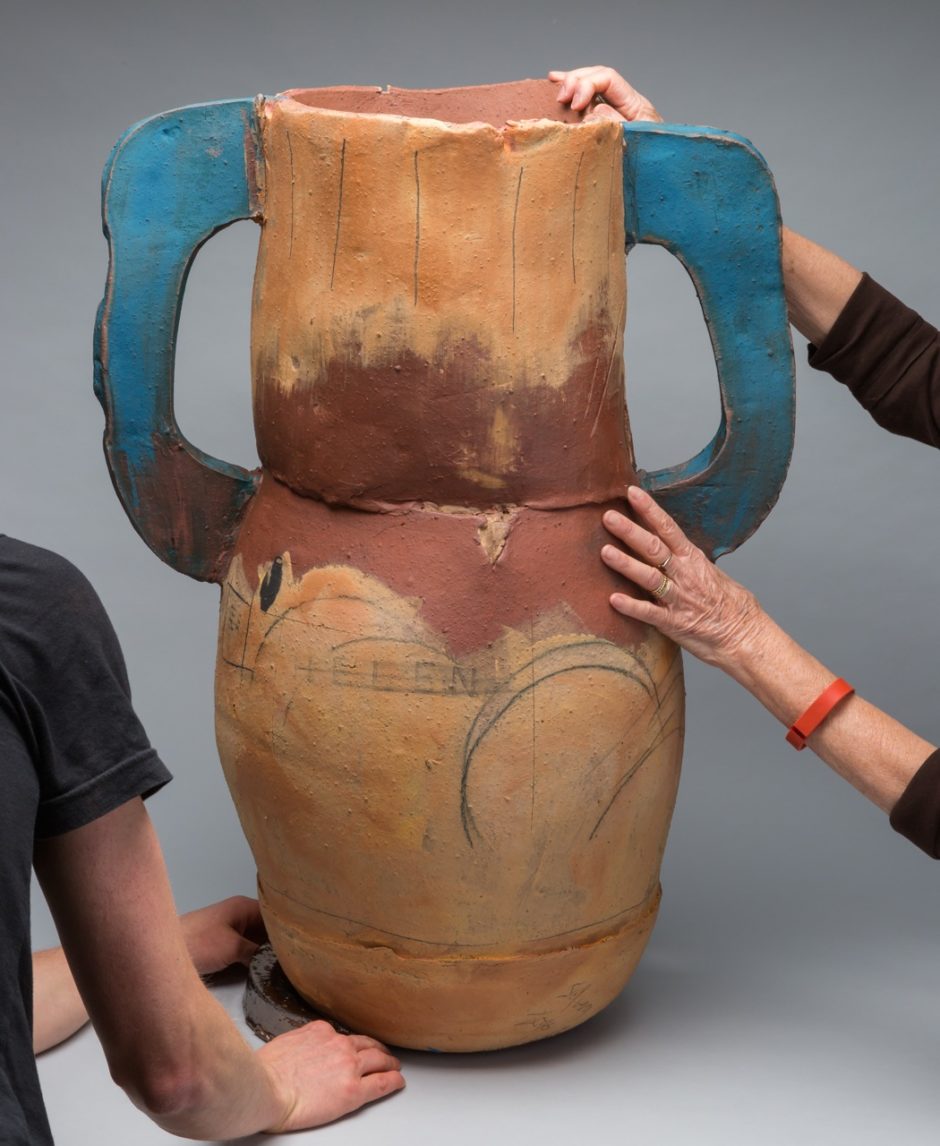
Nancy Selvin, Trophy: Helen (Frankenthaler), terracotta, underglaze, screened underglaze, 32″ x 24′ x 24″, 2018. 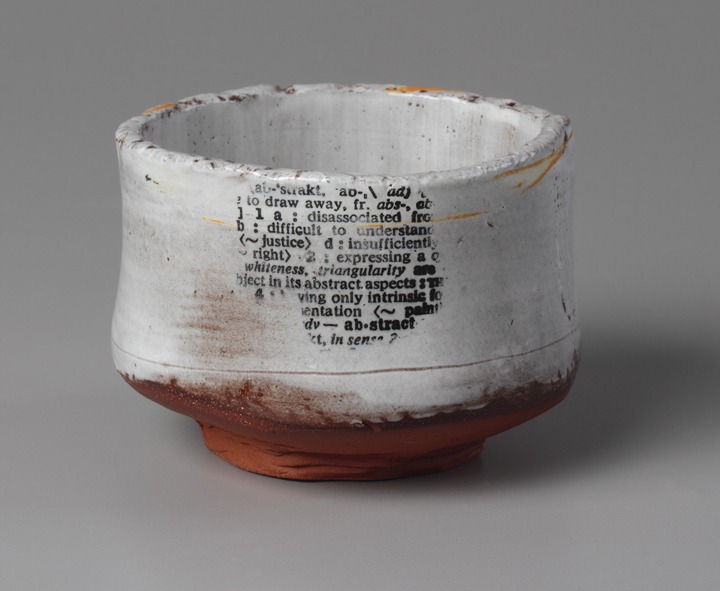
Nancy Selvin, teabowl with text, 3” x 4”, 2015. 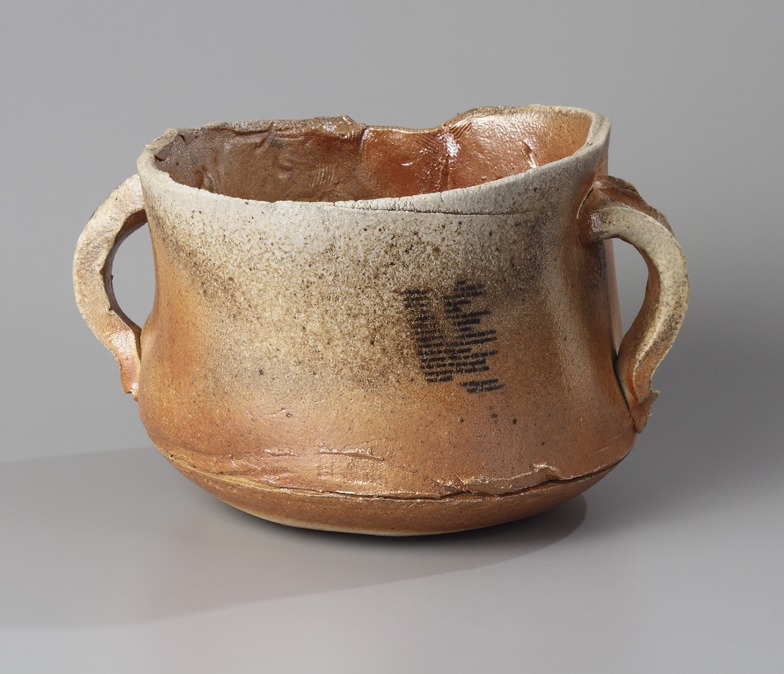
Nancy Selvin, Woodfired Ware with Text, 10” x 12”, 2017. 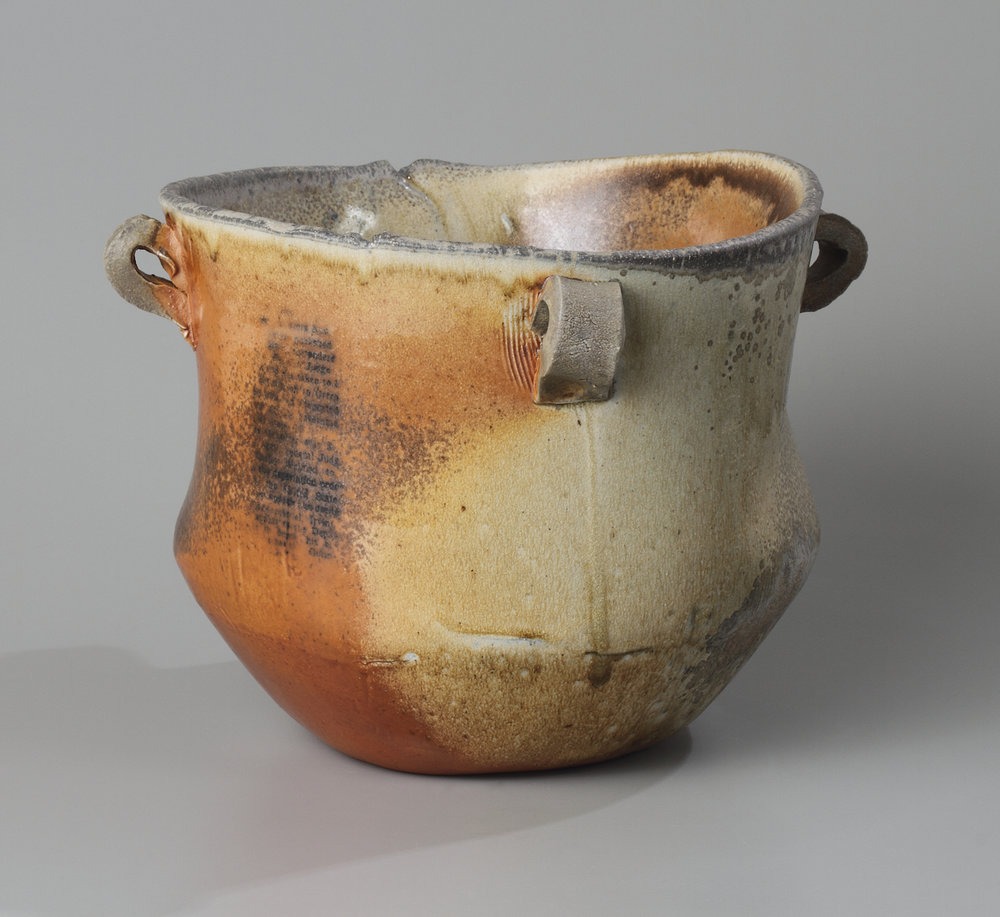
Nancy Selvin, Woodfired Ware with Text, 10” x 12”, 2017.
Alyson Brandes is a graduate of Chapman University and a 2020 Getty Marrow Undergraduate Intern at AMOCA. During her internship, Brandes writes periodically for AMOCA.org, and posts on Instagram and Facebook on Tuesdays. Read her blog posts:
- Asco and the Hierarchies of Art
- Feminizing Brutalism: Ruby Neri and Her Giant Vessels
- The Cinematic Roots of Clay
- The Colorful World of Miss Anna Valdez
- Split Vessels: Jenny Hata Blumenfield
- The Legend of Beatrice Wood
- Nicole Seisler: Rituals, Processes and Documentation
- Ashwini Bhat
- Nancy Selvin: The Abstraction of Art History
- New Acquisitions: Trompe l’Oeil
- Kim Tucker’s “Primal Beings, Ghosts, and Human Dummies”
- Blue Boys and Farmers: Howard Kottler’s Queer Plates
- At the Center of Nicki Green
- The Legacy of Sascha Brastoff
- End of Internship Reflection